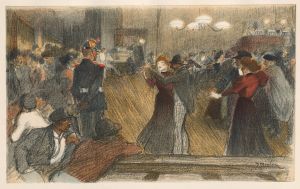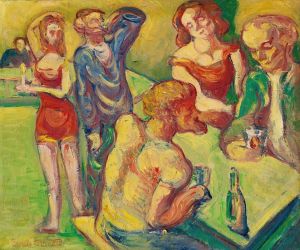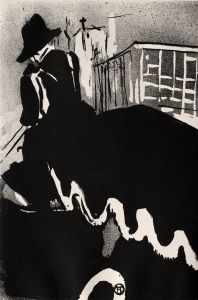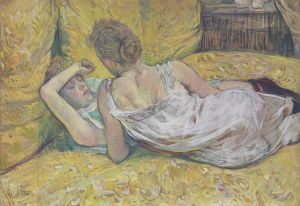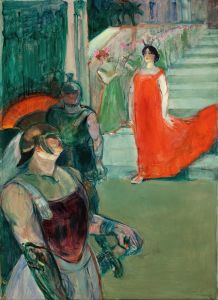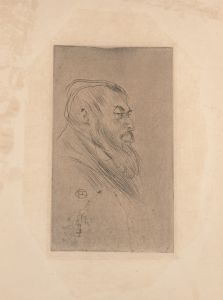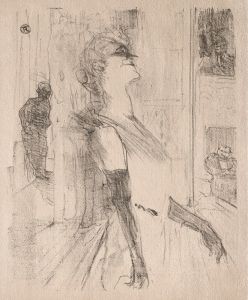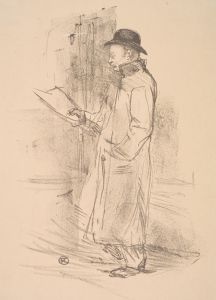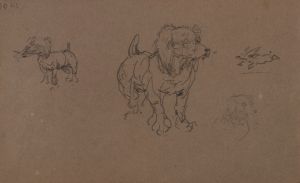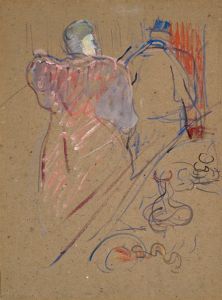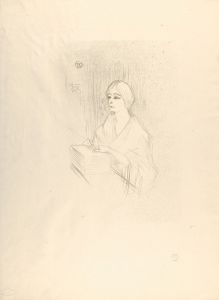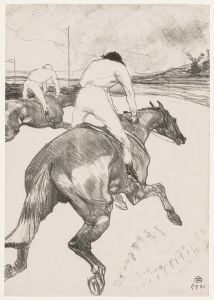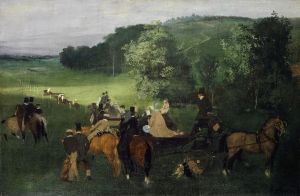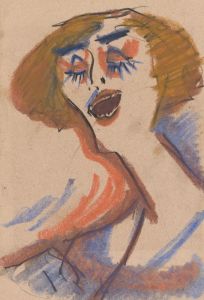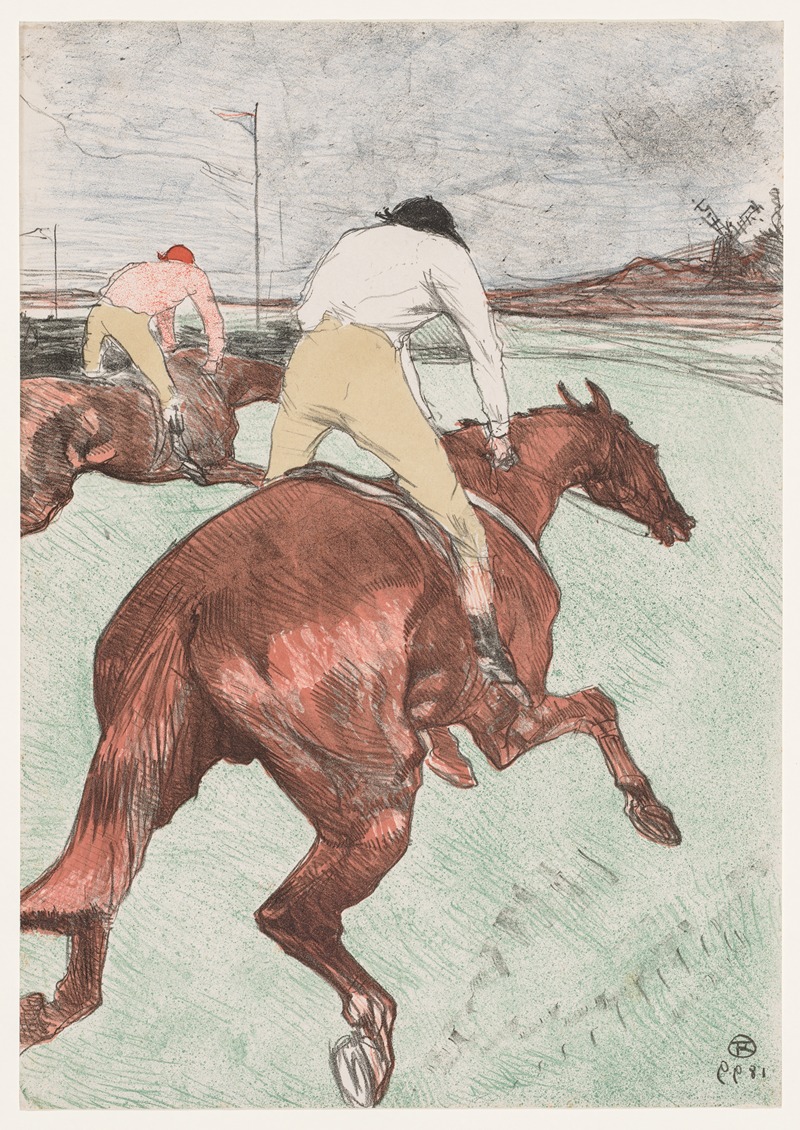
The Jockey
A hand-painted replica of Henri de Toulouse-Lautrec’s masterpiece The Jockey, meticulously crafted by professional artists to capture the true essence of the original. Each piece is created with museum-quality canvas and rare mineral pigments, carefully painted by experienced artists with delicate brushstrokes and rich, layered colors to perfectly recreate the texture of the original artwork. Unlike machine-printed reproductions, this hand-painted version brings the painting to life, infused with the artist’s emotions and skill in every stroke. Whether for personal collection or home decoration, it instantly elevates the artistic atmosphere of any space.
Henri de Toulouse-Lautrec's The Jockey is a painting created in 1899 by the renowned French Post-Impressionist artist. Known for his depictions of Parisian nightlife, performers, and everyday life, Toulouse-Lautrec also explored equestrian themes in his work, reflecting his lifelong fascination with horses and horse racing. This interest was likely influenced by his aristocratic upbringing, as horse riding and racing were prominent aspects of upper-class culture during his time.
The Jockey is an oil painting on canvas, measuring 55.2 cm by 46.4 cm (approximately 21.7 inches by 18.3 inches). The composition captures a jockey in motion, riding a galloping horse. Toulouse-Lautrec's dynamic brushstrokes and use of bold, expressive colors convey the energy and movement of the scene. The painting demonstrates his ability to distill complex motion into a simplified yet evocative image, a hallmark of his artistic style.
This work is notable for its departure from the artist's more commonly recognized subjects, such as cabaret performers and Parisian socialites. Instead, it highlights his versatility and interest in other aspects of contemporary life. The painting's perspective and cropping suggest the influence of Japanese ukiyo-e prints, which were highly popular among European artists in the late 19th century. Toulouse-Lautrec's use of flat planes of color and unconventional framing reflects this stylistic inspiration.
The Jockey was created during the final year of Toulouse-Lautrec's life, a period marked by declining health due to alcoholism and syphilis. Despite these challenges, he continued to produce art with remarkable vigor and innovation. This painting is one of his later works and exemplifies his enduring commitment to capturing the vitality of life, even as his own was nearing its end.
Today, The Jockey is housed in the Musée Toulouse-Lautrec in Albi, France, the artist's birthplace. The museum holds the largest collection of his works, offering a comprehensive view of his artistic achievements. The Jockey remains an important example of Toulouse-Lautrec's exploration of subjects beyond the urban nightlife for which he is best known, showcasing his ability to bring a unique perspective to a variety of themes.





